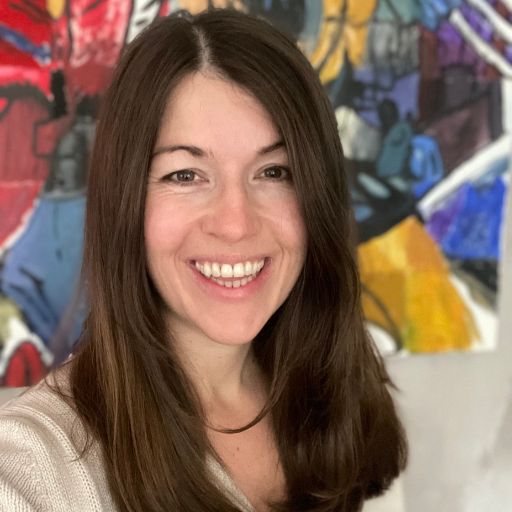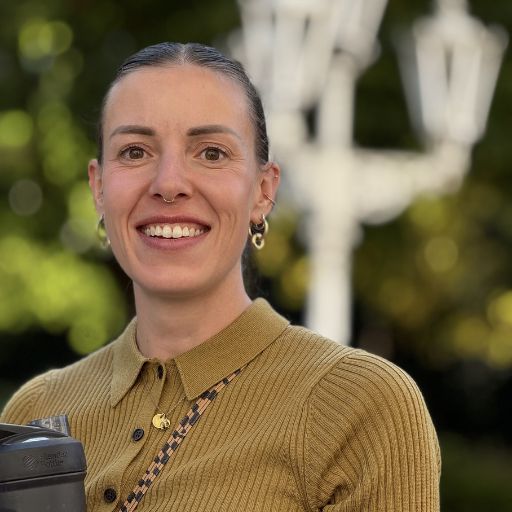Test Smarter, Not Harder: Using Heat Maps and Decision Records
The sheer number of tests keeps you awake at night, and the uncertainty of what to prioritize leaves your team scrambling? No worries, we've got your back. In this lecture, we will show how to create heat maps for prioritizing features and deriving their test coverage.
You will learn how to structure your testing project accordingly and how this will help to keep a maintainable amount of tests . We'll also cover how to implement Decision Records in Gitlab to align the whole team and create test plans in JIRA Xray to keep an overview of potential risks, feature importance, test coverage and open tasks.
Zielpublikum: Tester, developers, test managers, product owners
Voraussetzungen: Basic knowledge about JIRA or any similar tool
Schwierigkeitsgrad: Basic
Extended Abstract:
As testers, we often struggle with the challenge of determining how much testing is sufficient and at the same time feeling as though the responsibility for product quality rests solely on our shoulders. In this tutorial, we will demonstrate how to shift this dynamic by involving the entire team through the use of decision records in GitLab. These records not only foster a sense of ownership among all parties involved but also promote transparency, aligning stakeholders from engineers to product owners. We will cover the process of creating decision records and showcase an example from our own feature prioritization process.
Once your team is engaged, we will dive into creating a visual feature heatmap using tools such as Miro, Zoom Whiteboard, or Confluence. This heatmap will help you maintain an overview of feature priorities and derive their corresponding test coverage. You will learn how to collaborate with the product owner to categorize features into key features, must-haves, should-haves, and nice-to-haves. These categories are directly linked to your test coverage strategy: simply put, the higher the feature's importance, the greater the (automated) coverage. For lower-priority features, it may even be sufficient to run a single acceptance test, allowing you to avoid unnecessary test maintenance. We will also provide tips on prioritizing features based on risks, user experience, and feature usage, while sharing lessons learned from potential pitfalls.
Having aligned your team and established a feature prioritization process, the next step is to create an effective test plan. We will guide you through the process of developing test plans using JIRA Xray, demonstrating how to adapt and utilize them to track potential risks and their mitigations, along with manual and automated tests per feature, and remaining tasks.
By the end of this session, you will have acquired the knowledge necessary to implement your own feature prioritization process, covering heatmaps, decision records, and test plans and providing you with templates for an easier start.
Ich bin Sonja, Head of QA bei Dracoon. Ursprünglich habe ich eine kaufmännische Ausbildung absolviert und anschließend Lehramt für Englisch und Informatik studiert. Während meines Studiums bin ich durch Zufall auf einen Job als Software-Testerin aufmerksam geworden und von da an war ich Feuer und Flamme für alles rund um das Thema QA. So sehr, dass ich nach dem 1. Staatsexamen entschieden habe, statt ins Referendariat zu gehen, fest als QA Managerin anzufangen.
Ich bin Marlis Teufel, Senior QA Managerin bei Dracoon und arbeite seit über 5 Jahren in diesem Bereich. Ursprünglich habe ich Mathematik und Wirtschaftsinformatik studiert, bin aber über einen Studentenjob als Testerin ins Testing gekommen und habe schnell gemerkt, dass ich dafür brenne. Agiles Arbeiten fasziniert mich ebenfalls, und ich habe schon als Scrum Master Teams begleitet. Privat mache ich mit meiner Kollegin Sonja den Podcast "QA Tittle Tattle" und entdecke mit meinem Kind gerne die Natur.
Mein Name ist Peter Schwürzenbeck, und ich arbeite seit 10 Jahren als QA Engineer. Nach meiner Ausbildung als Fachinformatiker habe ich mich auf die Qualitätssicherung von Software spezialisiert. Meine Aufgaben umfassen das manuelle Testen sowie mein Spezialgebiet, das automatisierte API-Testen. Zusätzlich erstelle ich Testkonzepte und nehme Releases ab, um die Softwarequalität zu gewährleisten.
Vortrag Teilen




